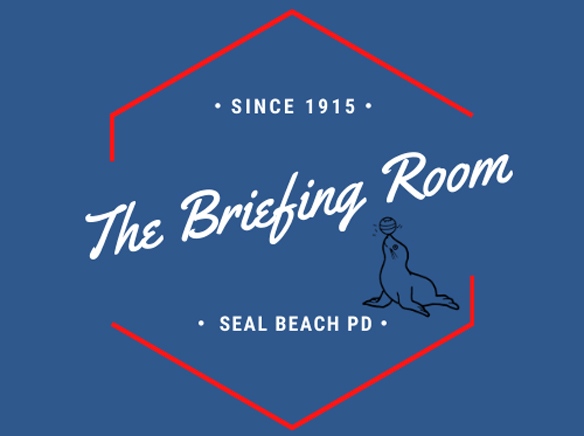By SBPD Capt. Nick Nicholas
For the Sun
My wife and I have seen some crazy, high speed e-bike riders over past year. Among other things, riding on sidewalks and cutting off cars and people.
Are these people regulated at all? Aren’t they required to obey the same regulations as other motor vehicles?
—Dave
Hi Dave,
Thank you so much for your question. Seal Beach is such a friendly town that I hate to think that people are being discourteous when riding electric bikes. Pedestrians walk about three miles per hour. Bikes go about 15 miles per hour. Just the differences in speed alone make this a dangerous combination. Pedestrians aren’t always on the lookout for bikes either, so bicyclists should let pedestrians know they are there by ringing a bell or shouting, “on your left.” Bicyclists should avoid suddenly entering the lanes of traffic as well. Those driving cars don’t expect a cyclist to merge into the lanes of traffic, even if it is legal to do so. At intersections, bicyclists should slow and come to a complete stop (unless at a green traffic light) and yield to pedestrians in crosswalks. These simple tips will help make our roads, bike paths, and sidewalks safer for both pedestrians and bicyclists.
Here’s a little bit of a refresher on the laws surrounding electric bicycles.
Generally, electric bikes are regulated just like normal bicycles in terms of the laws listed in the California Vehicle Code. This means that anyone riding an electric or human-powered bicycle is subject to all the same rules of the road as a person driving a motor vehicle. As I’ve written about before, if you are riding a bike, electric or human-powered, you still have to follow the rules of the road including stopping at stop signs, signaling, having proper lighting equipment, not be intoxicated, and all the other laws.
However, unlike motor vehicles, electric bikes do not need to be registered, nor do you need a driver’s license, and vehicle insurance is not required to operate one. Here’s where things get a bit complicated. California has three different classes of electric bikes:
A Class 1 bicycle is one equipped with a motor that provides assistance only when the rider is pedaling, and that ceases to provide assistance when the e-bike reaches 20 mph.
A Class 2 bicycle is one equipped with a throttle-actuated motor, that ceases to provide assistance when the e-bike reaches 20 mph.
And a Class 3 bicycle is one equipped with a motor that provides assistance only when the rider is pedaling, and that ceases to provide assistance when the e-bike reaches 28 mph.If you are under 21 years old, you may not ride a Class 3 bike unless you are wearing a helmet.
If you are under 16 years old, you may not ride a Class 3 electric bike at all (unless you are the passenger).
Our Community Oriented Policing (COP) Team is currently working on education and enforcement as it relates to students riding e-bikes to, from and around McGaugh Elementary. We are also working closely with LAUSD and neighboring agencies on enforcement and education campaigns.
This isn’t an issue that only impacts Seal Beach. We know that other cities, especially beach cities, are experiencing issues with electric bikes. There is proposed legislation to address e-bikes (electric bicycles), Assembly Bill (AB) 1946, which would require the CHP to develop, on or before September 1, 2023, statewide safety and training programs based on evidence-based practices for users of electric bicycles, as defined, including, but not limited to, general electric bicycle riding safety, emergency maneuver skills, rules of the road, and laws pertaining to electric bicycles.
Here is a link that OCTA has created that has excellent e-bike resources for more information https://www.octa.net/Bike/E-Bikes/.
Please remember to be a courteous driver, pedestrian, or bike rider, and to keep your questions coming! Email us at askacop@sealbeachca.gov today!












